Dr. Marjorie King's research and publishing activities, athletic training education accomplishments, her work advancing women in the profession, and clinical experience in multiple settings make her a respected mentor and much sought after presenter. King was the first woman president of the Eastern Athletic Trainers' Association and was selected to give the EATA “Pinky” Newell address. She served as the second chair of the NATA Women in Athletic Training Committee, and was on the executive boards of the New Hampshire Athletic Trainers' Association and the Athletic Trainers of Massachusetts. King is the current director of graduate athletic training education at Plymouth State University.
NATA Hall of Fame

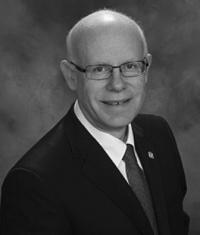
Roger Kalisiak has been a committed activist at all levels of the profession. He co-authored his state licensure act and wrote a proposal that expanded from one to three the number of athletic trainers at each school in his high school's district. The only two-term president in the Illinois Athletic Trainers Association history, Kalisiak went on to be GLATA president and history and archives chair, and chaired the 1993 NATA annual meeting scientific program. Named the 1993 NATA High School Athletic Trainer of the Year, and NATA Most Distinguished Athletic Trainer in 1995, Kalisiak also received the Hoffman Estates High School Principal's Award for Excellence and Golden Hawk Award, and the GLATA Golden Pinnacle Award.
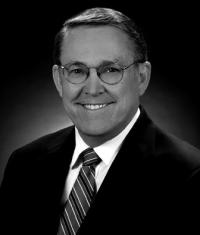
Dennis Hart's athletic training career began in 1970. He was the athletic trainer at North Mesquite High School for 33 years and has worked for the Sports Medicine Clinic of North Texas. Hart chaired the founding committee of the Texas State Athletic Trainers' Association. He also served as a TSATA regional director and was the first chair of its board of directors. An active leader in the Southwest Athletic Trainers' Association, Hart served on its executive board as Texas representative and president. Hart remains actively involved in SWATA, NATA, and TSATA, and he recently co-authored the Texas HB 2038, Natasha's Law, which mandates a standard of care for secondary school athletes suffering sports-related concussions.
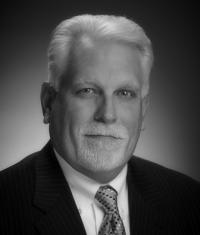
Chris Gillespie is director of athletic training education at Samford University where he has worked for more than three decades. Past president of the Southeast Athletic Trainers' Association and co-founder of its annual student meeting, Gillespie also served on the NATA College/University Athletic Trainers' Committee. As one of the first athletic trainers to support sickle cell trait screening and be an advocate for athletes with this condition, he was part of the NATA Inter-Association Task Force on Sickle Cell Trait and the Athlete and has spoken extensively and published on this topic. Gillespie's work with endurance athletes through TEAM 413 - GRACERUNNER MINISTRIES, a non-profit ministry he founded in 2003, is of significant importance.
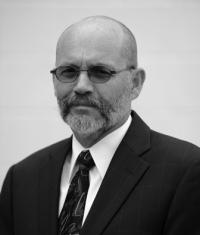
During his 36 years with the Philadelphia Phillies and a World Series title, Jeff Cooper has promulgated a legacy of leadership, education and advocacy. A founding member of the Professional Baseball Athletic Trainers Society, Cooper was a two-term president, serving 18 years on the PBATS executive committee. By drawing attention to the widespread use and dangers of smokeless tobacco, Cooper is credited with helping to change the face of baseball by breaking the sport's strong connection to spit tobacco. Cooper modeled for other professional baseball ATs how to maximize Capitol Hill visits and promote athletic training to legislators.
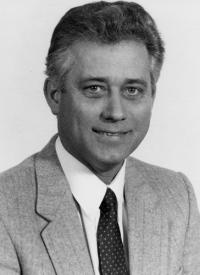
Known as a determined leader advocate for clinical athletic trainers late in his career, Roy Don Wilson died in 1992 after battling Hodgkin's Lymphoma. Wilson worked in the high school setting before stints at The Citadel, Florida State and Kentucky. He was Head Athletic Trainer at Kentucky before moving to the Sports Rehab Clinic in Houston in 1988. He was appointed by the governors of Kentucky, Texas and Louisiana to speak on behalf of the profession.
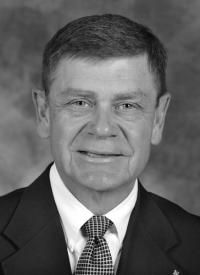
A Nebraska graduate, Jerry Weber returned in 1977 and worked at UN through his 2011 Hall of Fame Induction as Associate Director of Athletic Medicine and Head Athletic Trainer. On the field, he helped the Cornhuskers to three national football titles in the 1990s. Weber was the District Five director from 1987-90 and NATA VP in 1989-90. He was part of an NCAA task force that established new rules to protect football players during two-a-day practices.
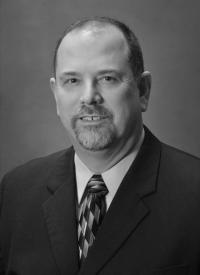
After six years as an assistant at Washington State, Barrie Steele found a home at the University of Idaho in 1986 and served as head AT before becoming Director of AT Services. Even before joining the Board of Directors, he held numerous involvement positions at the national level, including spots on the Finance Committee, Investment Committee, CUATC and the Secretary/Treasurers Committee. Steele also served as liaison to CAATE.
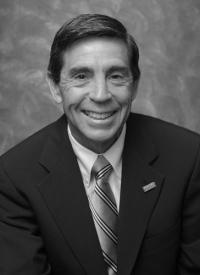
One of the youngest head ATs in MLB history, Larry Starr was the first to be certified. He worked for the Cincinnati Reds from 1972-1992 and was part of four World Series championships. Starr is known for revolutionizing the profession in pro baseball, becoming the first to implement an extensive weight-training program. He worked for the Marlin before becoming adjunct professor at Nova Southeastern and President of Starr Athletic Solutions, LLC.
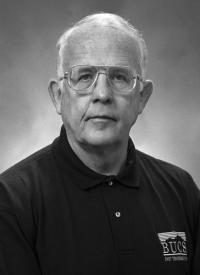
A graduate of East Tennessee State, Jerry Robertson returned to ETSU and helped start the state's first graduate athletic training education program. Robertson was elected president of the Southeast Athletic Trainers' Association in 1988 and served as three-year term as district director from 1991-94. Robertson left ETSU in 2003 and helped organize a secondary school outreach program at Watauga Orthopaedic in Johnson City, Tenn.
